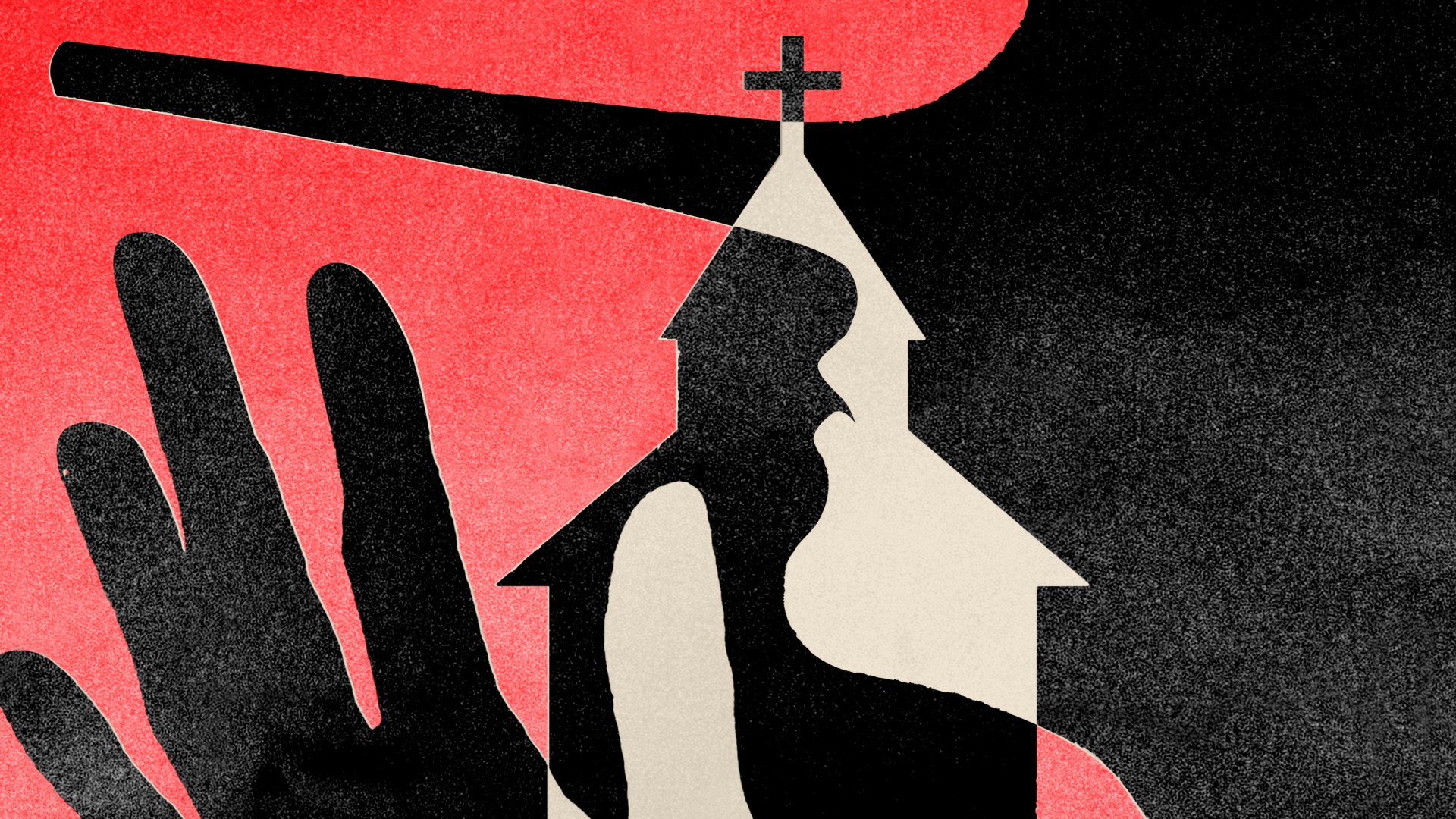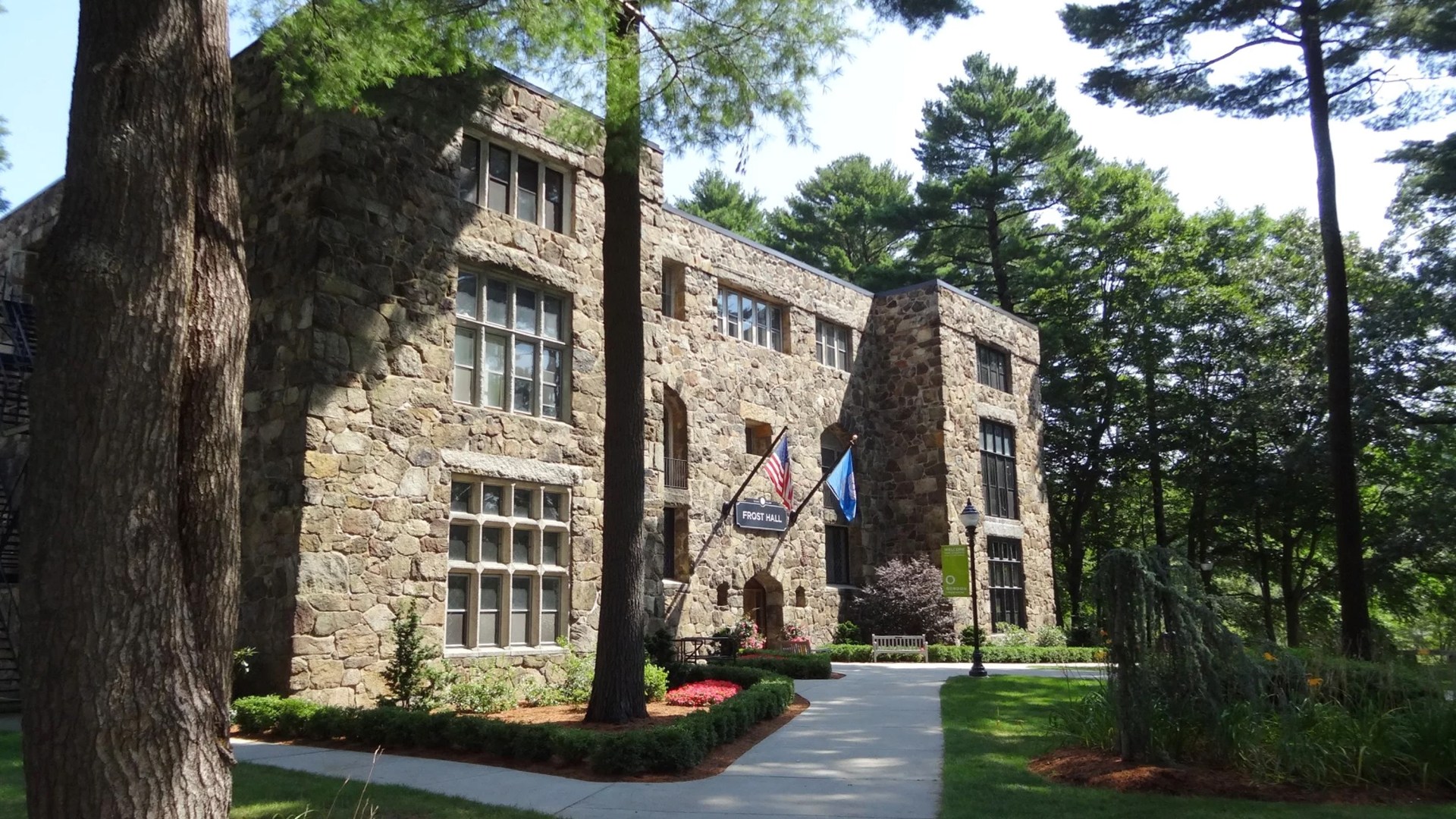There’s a hidden Christian message behind what may be the most celebrated image of the 2024 Olympics.
On July 29, in round three of the shortboard surfing competition, Brazil’s Gabriel Medina faced off against Japan’s Kanoa Igarashi, who eliminated Medina in the last Olympics. In his second wave, Medina emerged from a tube exuberant, with both palms open, suggesting that the judges should offer him a 10 for his performance. (Two of the five judges agreed; his final score was 9.9).
Medina then pivoted left, toward the surf, and jumped off his board, raising his right hand and pointing his index finger upward. This was the image that Agence France-Presse photographer Jérôme Brouillet captured.
Brazilian evangelicals recognized the sign immediately.
“It’s like he’s saying, ‘It’s not me you should be looking at, it’s God. This moment of glory is not mine, but his,’” said João Guilherme Züge, a resident historian of religion at Museu Paranaense, in Curitiba.
In contrast to the United States, where baseball players often point to the sky after hitting home runs for different reasons—some to express gratitude to God, others to honor late loved ones—the gesture among Brazilian athletes has become closely associated with Christian players.
The raised finger, pointing to the sky, has been the trademark of Brazilian evangelical athletes for more than 40 years, one of numerous public displays of faith following competitive glory that have helped to affirm and establish evangelical identity, especially when the movement was still in its infancy.
No one seems to remember who initially created the gesture, but it gained popularity in the 1990s, primarily through soccer players, such as Kaka, who raised their index fingers after on-field heroics, knowing that the camera would be trained on them after they scored a goal.
Despite its ubiquitousness, the spiritual intent of the message hasn’t necessarily made its way outside of evangelical circles. “[Medina] really has the right and authority to consider himself number one,” Renata Vasconcellos, an anchor with Jornal Nacional on TV Globo, Brazil’s most-watched news program, commented on air last week, giving the raised finger a very different interpretation.
But its low-key, almost generic nature has also helped to make it so popular. Like the World Cup and other international competitions, the Olympics forbids any “kind of demonstration or political, religious or racial propaganda … in any Olympic sites, venues or other areas.”
These regulations have forced athletes seeking a platform to share their faith to do so discreetly, or to express their gratitude to God in interviews or social media posts. For his part, Medina uploaded Brouillet’s photo accompanied by the text from Philippians 4:13: “I can do all this through him who gives me strength.”
Evangelical Brazilian athletes have been creative in their expressions of faith during this year’s Olympics. Skateboarder bronze medalist Rayssa Leal and silver medalist Caio Bonfim used sign language to refer to Jesus.
Medina, after losing in the semifinals to Australian Jack Robinson, shared a black-and-white photo of himself captioned “Josué 1”—referring to the chapter of the Bible in which Joshua admonishes the Israelites to be “strong and courageous” no less than four times—accompanied by the song “Ousado Amor,” a Portuguese version of Cory Asbury’s “Reckless Love.” On August 7, he uploaded a picture of himself outside the Louvre recreating his iconic photo, once again holding up his index finger.
Back in the 1980s, when evangelicals represented only 6.5 percent of Brazil’s population, “God’s goalkeeper” João Leite and striker Baltazar began Atletas de Cristo, a ministry with the goal of mobilizing athletes to share the gospel around the world. From the beginning—and spontaneously, says Züge—the finger pointing to the sky in goal celebrations became a mark for the movement.
Atletas de Cristo equipped athletes to see themselves as an ambassador for their faith and encouraged them to preach and share their testimonies wherever they went. (One fruit of this strategy: Brazilian goalkeeper Alisson Becker baptizing his Liverpool teammate Roberto Firmino in 2020.)
Atletas de Cristo was also enormously successful in raising Brazilian evangelicals’ self-esteem. A key moment came during the Brazil-Italy final in the 1994 FIFA World Cup. When neither team scored during regulation or overtime, the game went to a shootout. Brazil won on the final kick.
“The greatest image of that World Cup was when Italian star player Roberto Baggio missed his kick and Brazilian goalkeeper Taffarel, who had saved a previous shot, fell to his knees in prayer, pointing to the sky,” said Züge.

Such testimonies had an impact on Brazilian evangelicals.
“When Christians were watching the player make a beautiful move, score a goal in an important match and then celebrate with his finger pointing to the sky, they felt represented,” said Reinaldo Olécio Aguiar, sociologist and pastor of the Primeira Igreja Presbiteriana Unida de Vitória. “Even knowing they were part of a minority [at that time], they could see themselves as victorious.”
Taffarel had likely received some instruction on how to use this achievement of athletic triumph as a missional moment.
“From the start, Atletas de Cristo knew how to use the media,” said Züge. “Athletes were trained in how to give a testimony in 30 seconds and to take advantage of a live TV interview.”
This moment also changed how evangelical athletes were perceived by their fellow teammates.
“Before that, everybody mocked us,” said Anselmo Reichardt Alves, a former player who became a pastor and Brazilian team chaplain. “They used to say that we were babies, because we didn’t drink with them. Our masculinity was also questioned because we didn’t date several women at the same time.”
Watching superstars express their faith openly also inspired evangelicals who faced criticism for trying to live out their own faith and eschewing popular traditions like Carnival.
“Our actions were like a mirror to other Christians; by watching the games they also learned to demonstrate their faith fearlessly,” said Züge. “People became more open to talk about God. If the players can do it, why not me?”
This boldness also may have inspired contemporary athletes to be bold in their faith.
“Sportspeople thanking God for their wins is nothing new, but the sheer number doing so at this Olympics is noteworthy—especially so in France, which has insisted on its own athletes upholding the country’s secularist laws,” wrote The Guardian commentator Emma John.
Atletas de Cristo has received criticism at times for encouraging victorious athletes to share their faith in ways that can insinuate that their achievements are a result of having more faith than others. Some have noted that they may tend to overlook the stories of losers, many of whom also often have personal relationships with God.
“What would I say when there are faithful Christians on both sides?” said Aguiar.
This was the case at the Paris Olympics during a bronze-medal match in 52-kilogram women’s judo between Brazil’s Larissa Pimenta and Italy’s Odette Giuffrida. (CT highlighted their story in its coverage of Olympic highlights.)
After Pimenta won the fight and clinched the bronze, she stayed on the mat crying. Giuffrida approached and hugged her. “Get up,” she said to Pimenta, as both athletes recounted later.“All honor and all glory you have to give to him.”
Giuffrida later shared on social media that she remembered the night Pimenta first took her to a church service after they began training together. “From that day on, our lives have changed. And today, here we are, regardless of what happened on that tatami, regardless of victory or defeat, thanking him in an Olympic final, in front of the world, for everything,” she wrote.
“And that is the beauty of it. I can feel sincere, I can feel myself with Him by my side.”












































